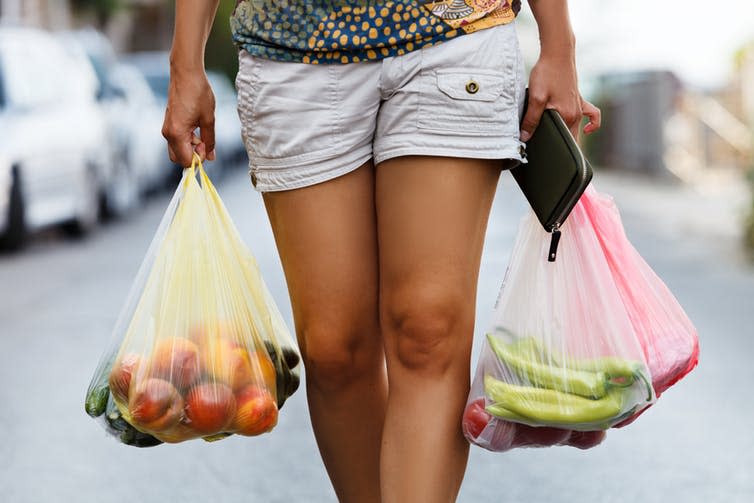Snacking: the modern habit that could be putting your health and waistline at risk

Cakes, biscuits and energy bars are, for many people, just staples of everyday life – the snacks that keep them going through the day.
But most people don’t realise just how easy it is to over-consume calories while snacking. Women are advised by the government to consume 2,000 calories a day and men 2,500. And the NHS suggests aiming to have a balance of 400 calories for breakfast, 600 calories for lunch and 600 calories for the evening meal – leaving the remainder for drinks and health snacks.
But research from the Behaviour Insight Team, also known unofficially as the “Nudge Unit”, found that adults may be consuming an average of 3,000 calories a day without realising, partly due to snacking.
This is particularly significant given the rise in obesity in children. And the fact that 64% of young people snack outside of meal times – with the majority of these snacks being high in fat, sugar and salt.
Snack attack
According to a recent paper, there are many reasons why people snack. It could be down to hunger and the need to eat, or more “distracted eating” – eating too much food while playing a game or watching the TV. Many people also eat through habit or association, such as at the cinema or when meeting a friend for coffee and cake.
The wide range of snacks available to shoppers is now evident in all outlets – in shops, transport hubs and vending machines. But rarely are these snacks of the healthy variety – think crisps, snack bars and chocolate. And these can often tip daily calories into excess without people realising – which can lead to weight gain.
But rather than banning snacking on public transport altogether – as has recently been suggested by former chief medical officer Dame Sally Davies – food labelling, education and “choice architecture” (this is the way food is displayed to enable healthier choices) should be implemented more widely to help nudge people in the right direction.
This is important, because generally, if people are hungry, they eat what is there. So by providing healthy options at an affordable price it should help people make better choices. Indeed, when it comes to eating healthily, The British Nutrition Foundation also recommends people plan ahead and rethink their portion sizes in a bid to cut out excessive eating.

Feeling peckish
Snacking today is just a normal part of eating for many. Indeed, the food industry has lured people into believing they cannot sustain themselves without the input of several hundred calories between meals – and a whole “snack” industry has been established.
Eating habits have also drastically changed over the years – with people now more likely to eat out while consuming less home-cooked food. Indeed, according to The National Food Survey, in the 1950s, most households didn’t eat out – compare this with survey results from 1983, by which time most people ate three meals a week outside their home.
Today, traditional family meals have been largely replaced by meals in front of the TV. Home cooking has also declined and been replaced by ready meals. People now also eat out more often, have regular takeaways and snack in between meals.
Read more: Why snacking could be damaging your health
Combine this with a food industry that is selling for the benefit of the industry and not the health of the individual, and it’s not surprising that unhealthy food culture and snacking is now seen as normal.
But small swaps can make a big difference in overall calories. So next time you’re peckish, consider an alternative – a banana, a small handful of nuts or a pain low fat yogurt and fruit. All of which will fill you up and provide nutrients, rather than the added sugar and fat you don’t need in your diet.
This article is republished from The Conversation under a Creative Commons license. Read the original article.

Ruth Whiteside does not work for, consult, own shares in or receive funding from any company or organisation that would benefit from this article, and has disclosed no relevant affiliations beyond their academic appointment.

 Yahoo News
Yahoo News 